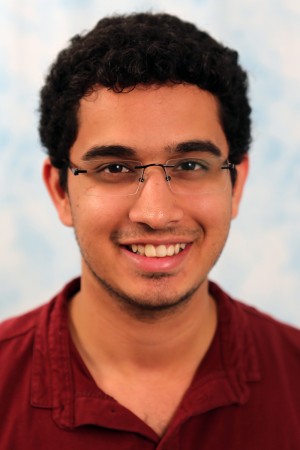
MSR Speaking Qualifier
July

2:00 pm to 3:00 pm
Zoom link: https://cmu.zoom.us/j/93391276533?pwd=RTM4NTc0cTJETmRudGcwenNCSVgzdz09
Title: Wind-Field Estimation and Curvature Continuous Path Planning for Low Altitude Urban Aerial Mobility
Abstract:
Unmanned Aerial Vehicles (UAVs) operating in dense urban areas need the ability to generate wind-aware collision-free, smooth, dynamically feasible trajectories between two locations. The complex and high-rise structure of the modern urban landscape affects the wind flow around it which has a pronounced effect on the UAVs operating within the urban canopy. In this work, we propose a wind-field estimation method that uses in-situ onboard wind measurements from a UAV operating within the flow-field to solve the problem of predicting the inlet conditions for a Computational Fluid Dynamics simulation. Gaussian Process Regression is used as a surrogate forward propagation function to achieve onboard computation. Real flight test results using an onboard anemometer verify the efficacy of the wind-field estimation algorithm. The flight test shows that the 95% confidence interval for the difference between the mean estimated inlet conditions and mean ground truth measurements closely bound zero, with the difference in mean angles being between -3.680 degrees and 1.250 degrees and the difference in mean magnitudes being between -0.206 m/s and 0.020 m/s.
Given the knowledge of a spatially-varying but temporally-static wind field, we formulate a two-point boundary value problem (BVP) that uses piecewise continuous polynomial curvature spirals to connect states in a sampling-based planner. Rather than solving the BVP nonlinear constrained optimization problem online, we propose the use of a trajectory library of precomputed solutions that may act as surrogate solutions for the underlying planner. We provide an empirical analysis to verify the feasibility of our approach. Comparative simulation results with a trochoid-based BVP planner in a realistic urban setting are used to showcase the competitive performance of the proposed path planning method. For the given simulation scenario, we could demonstrate a 93% success rate for the algorithm in finding a valid trajectory.
Committee:
Sebastian Scherer (Advisor)
Maxim Likhachev
David Wettergreen
Fahad Islam